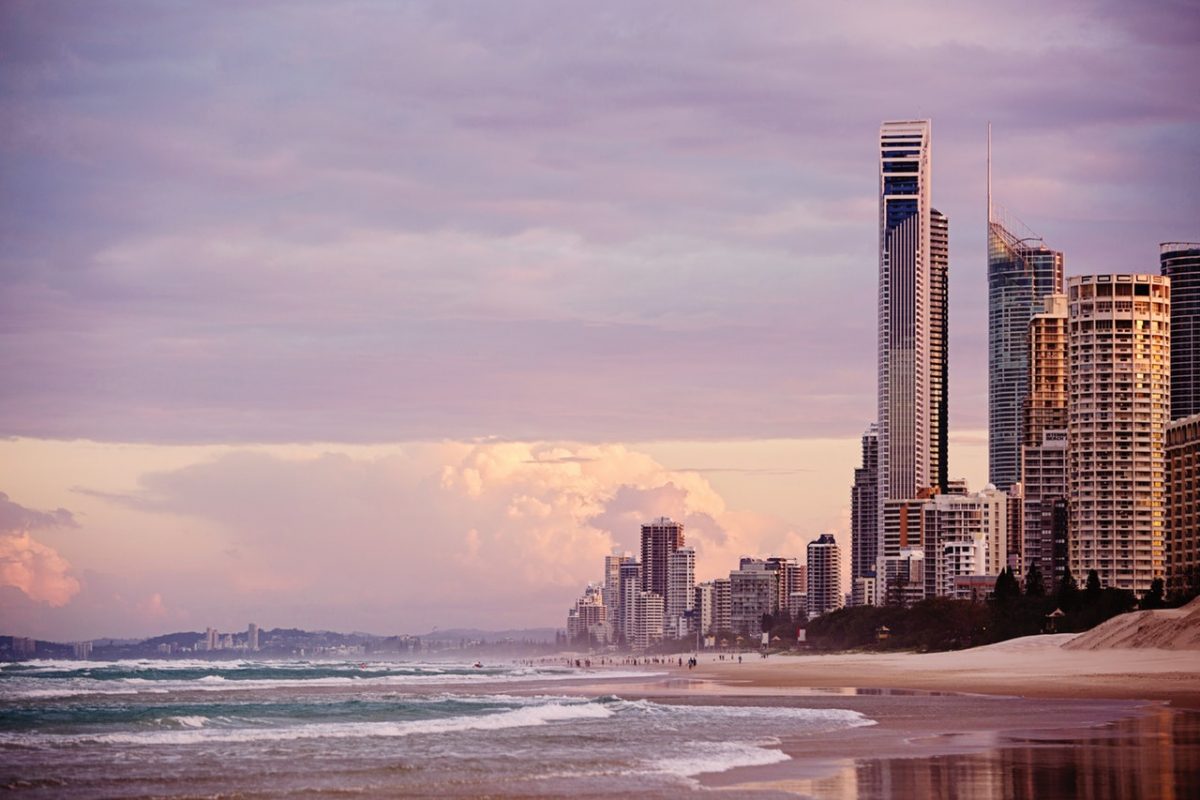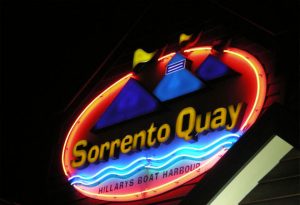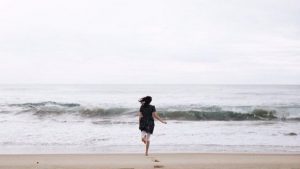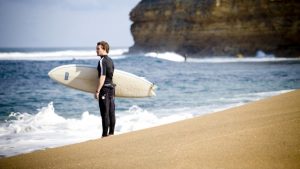We can assist with professional guides that will let you know about everything that is needed for a camping adventure. Before investing a large amount in a whole load of new camping equipment (especially if you are a first-time camper), you may be better off borrowing the basic camping equipment, checking out “hire camping equipment near me”, or shopping around for used camping equipment, so that you can experience Australian camping before spending too much for your new hobby.
While it is good to start with a few cheaper items so that you can give camping a go and see if it is something that appeals to you, you have also got to balance that cheaper camping gear is not going to last, and may hamper your first camping experience in Australia (cheap tents are certainly not worth the hassle, having had enough times that a pole broke, the material has torn apart, or the tent leaked when I went on a camping trip in England while you are away on holiday in Cornwall).
If you know you are going to enjoy your experience camping in Australia, it is worth investing in a proper setup right from the get-go, so your essential camping equipment is strong and durable, and lasts a long time. Once you have got all of your camping gear in place, that is when the fun begins, and you get to begin exploring and experiencing many amazing parts of this great country of ours. Packing a vehicle, loading up with all your camping equipment and your kids, and then heading out on a road trip to explore this awesome country of ours is the reason camping is so incredibly popular in Australia.
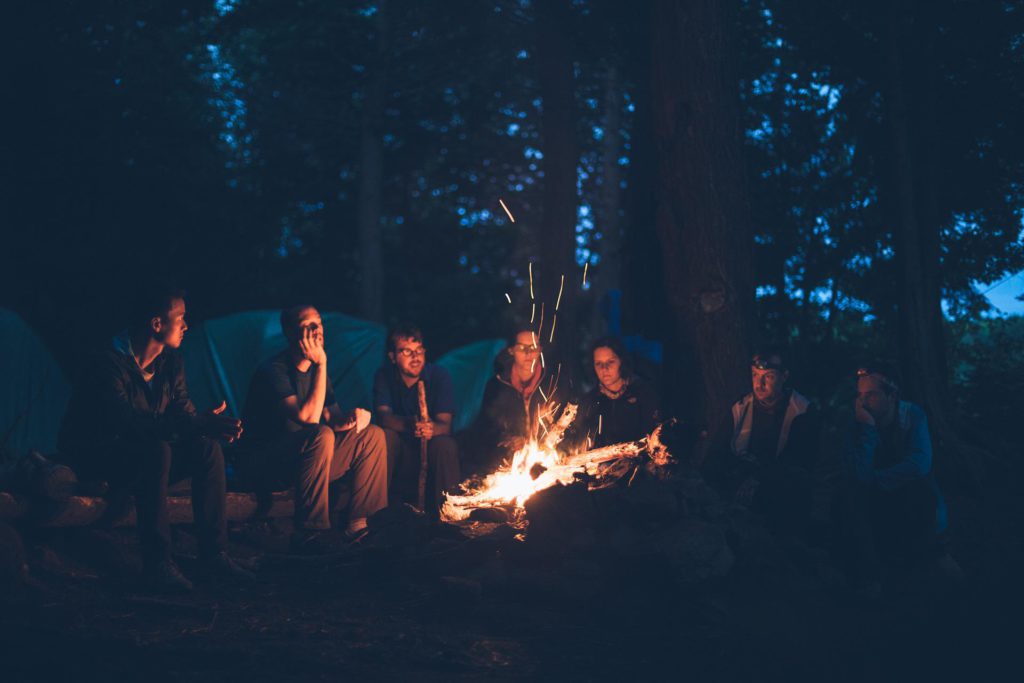
At the end of the day, camping in this vast nation is about getting outside in the great outdoors and having fun, so make sure to bring any accessories that you may need to enjoy your time. When heading to a campsite, you are usually going to get out there to do things, and this will unavoidably mean taking a few toys with you, along with the basic camp equipment (tent, sleeping gear, chairs/tables, a camp cooking kit, etc.). I left off items like clothes, toiletries, and food, this guide has covered everything you need as far as a place to sleep, cook, and relax.
In this section, we have included all of these essential things that you will need to camp like a place to sleep, sit, cook, and so on. All of the essential items to camp will make your experience more comfortable. If you are looking to have an epic camping experience in Australia, then we are going to give you the ultimate packing guide which includes the essential backpacking items that we recommend you to pack to make sure that your trip is successful. We have done the legwork for you: Whether you are satisfied with only the basics, want some extra creature comforts, or want a full-on glamping experience, here’s every piece of gear you will need for your first camping experience.
Sleeping pad or mattress – These can be found for only $65, but if this is your first time, get one that is inflated automatically so that you do not have to pump up on your own, as well as something of quality so your first camping trip is comfortable. A small camp stove can be picked up cheaply at camping stores, or, again, online at most hardware stores. Now, sitting around is all very well and good, but at some point, you are likely going to want to prepare your meals more quickly; that is where a small camping stove comes in handy.
If you have packed a pot from home, you could even use the camp stove to boil water for a cup of tea, or for making supper in the tent. You will need something to make the barbecue or camp stove work too, so make sure that light or matches are included in your list of camp essentials. If you are taking your camping toilet, you will likely need a bathroom tent as well, unless you are looking to sleep on a towel under the stars, which, let us face it, is not exactly the comfiest way to relax, then you are going to want a tent. Also, if you are thinking of fishing, look out for the top fishing equipment in Australia to get the best gear.
As a guide, consider the layout for sleeping arrangements, because you and your family will not need to be squeezed into a single tent. If you are ditching your RV or campervan for a tent, remember to pack some bedding, which will include mattresses, pillows, and sleeping bags. If you are camping somewhere that has colder weather or tends to get cold easily, you may want to invest in sleeping bag covers as well. If you are looking to camp comfortably, then a slightly larger tent is going to be the first item on your checklist: You will be able to sit comfortably, which makes changing into and out of clothes a lot easier, as well as having additional space for storing all of your gear.

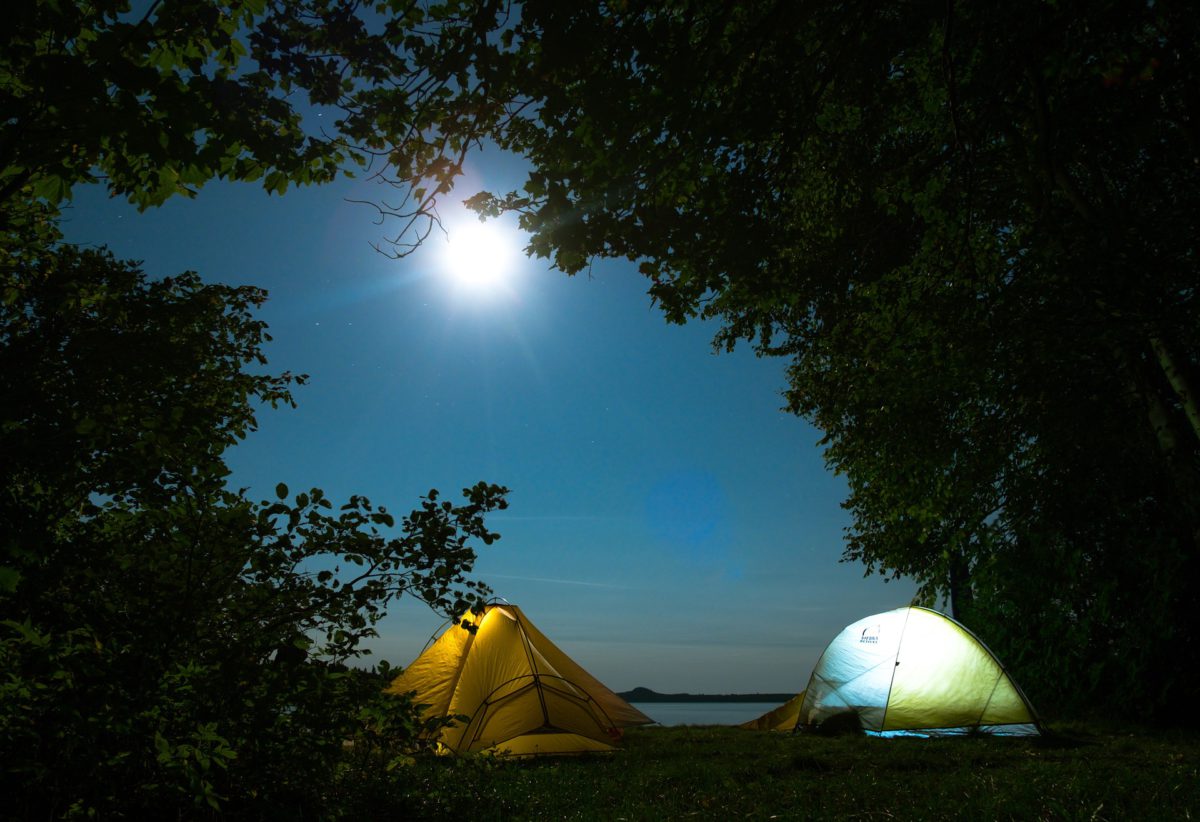
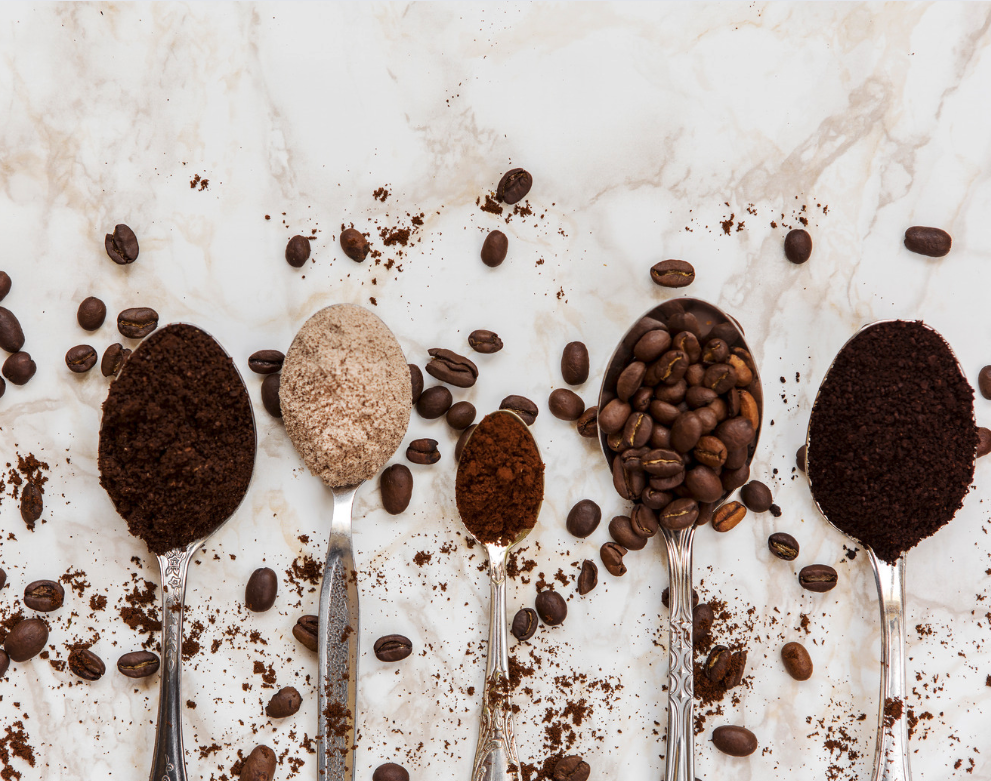

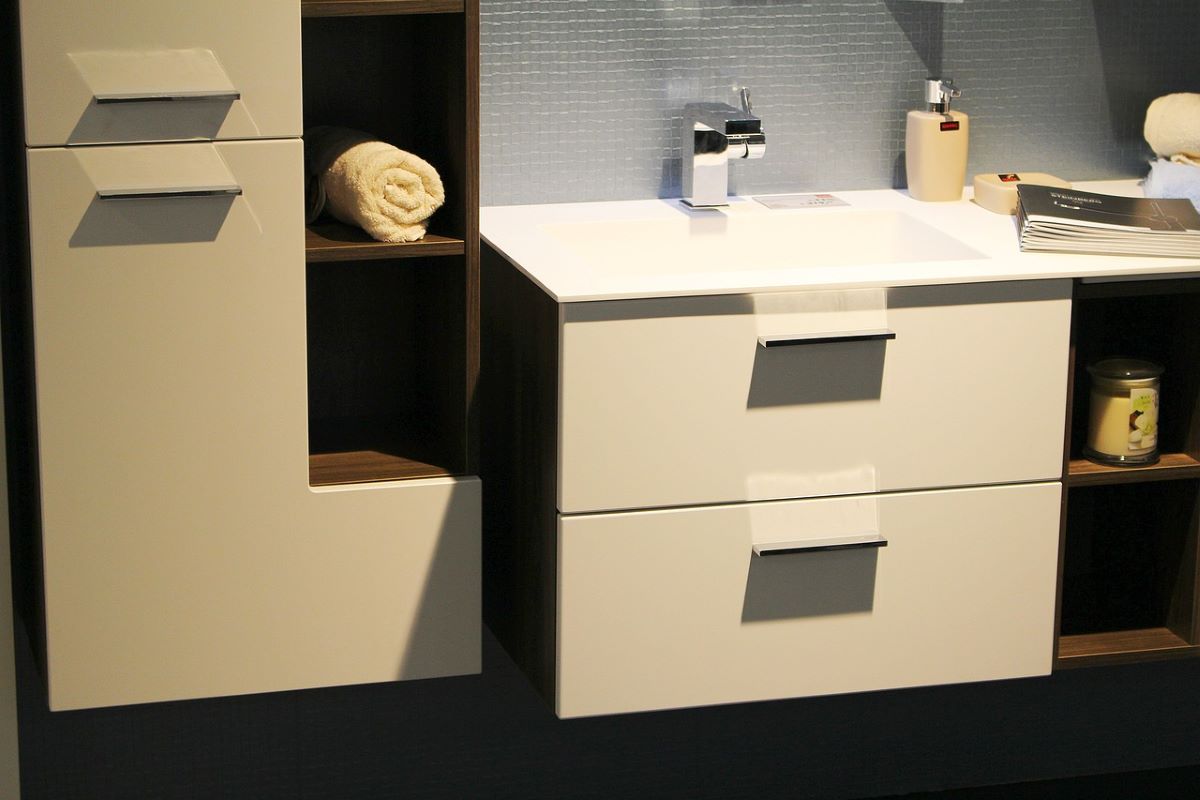

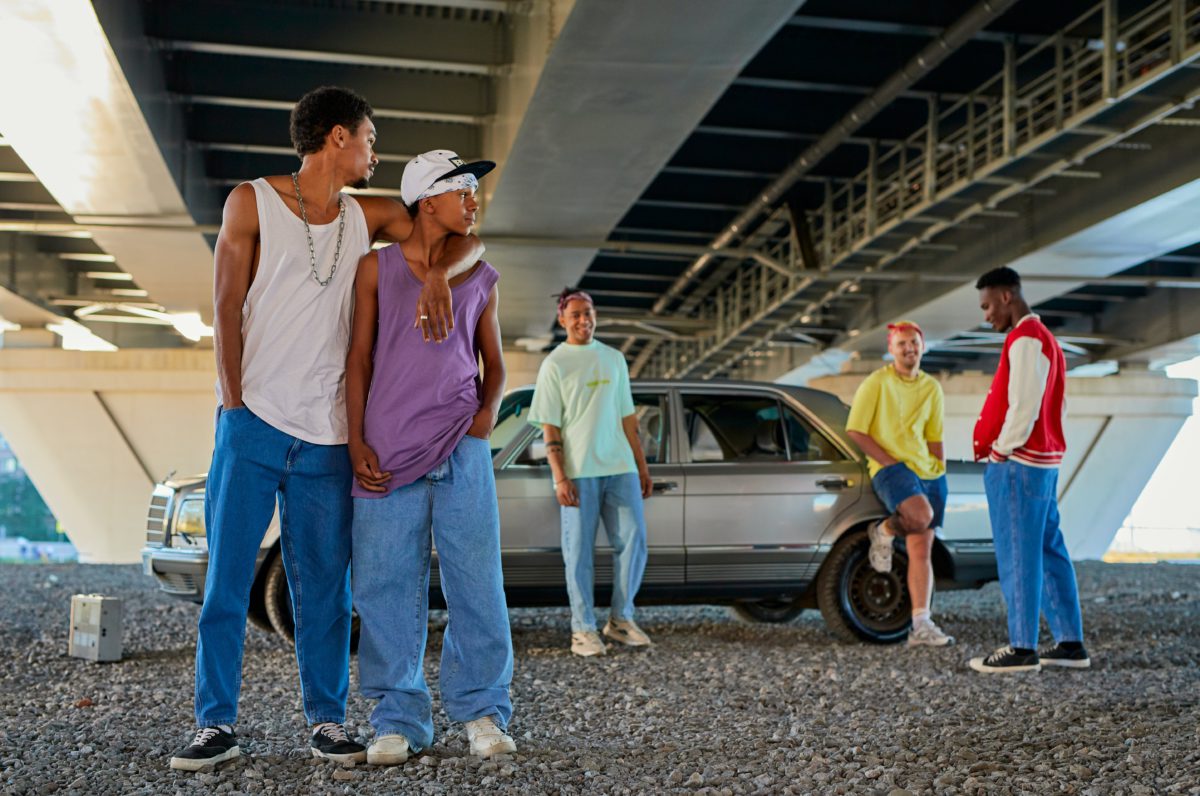

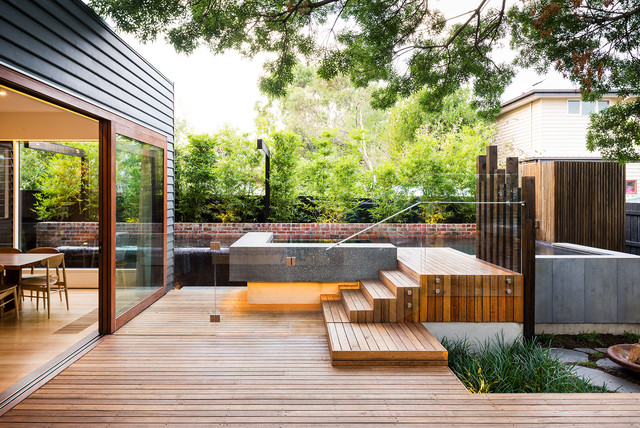

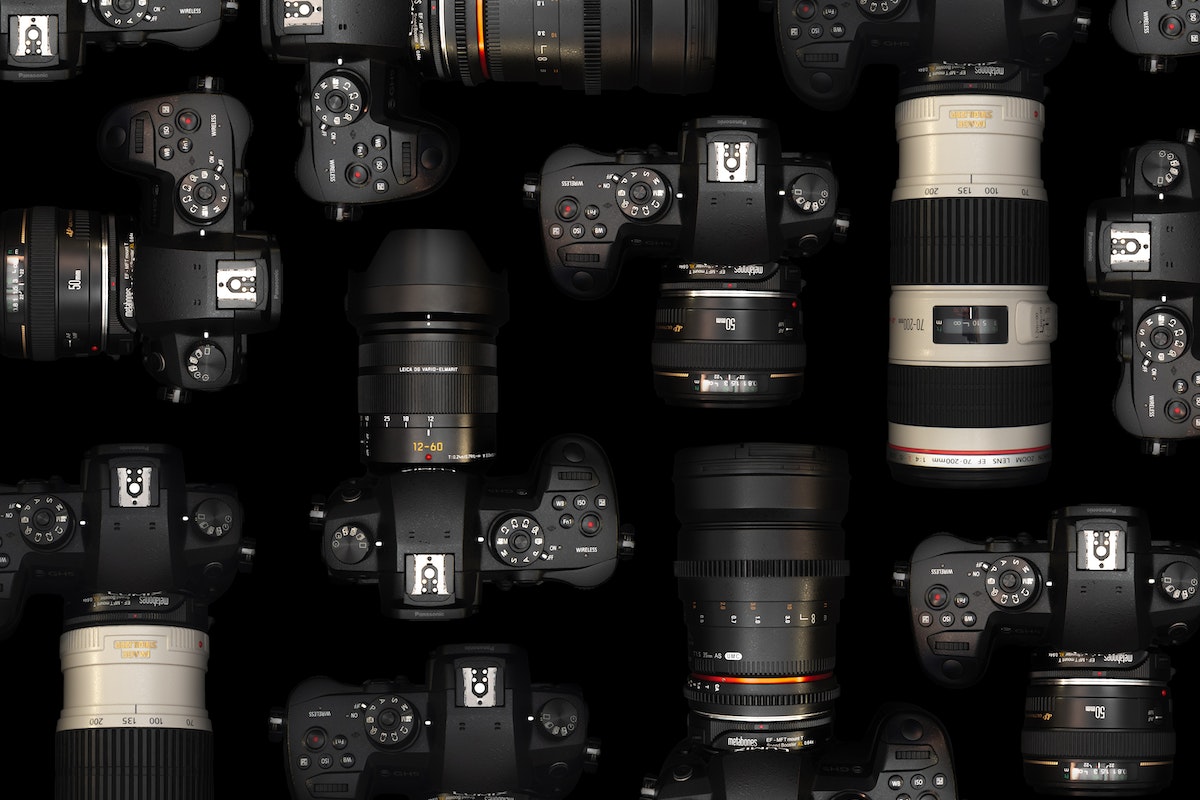
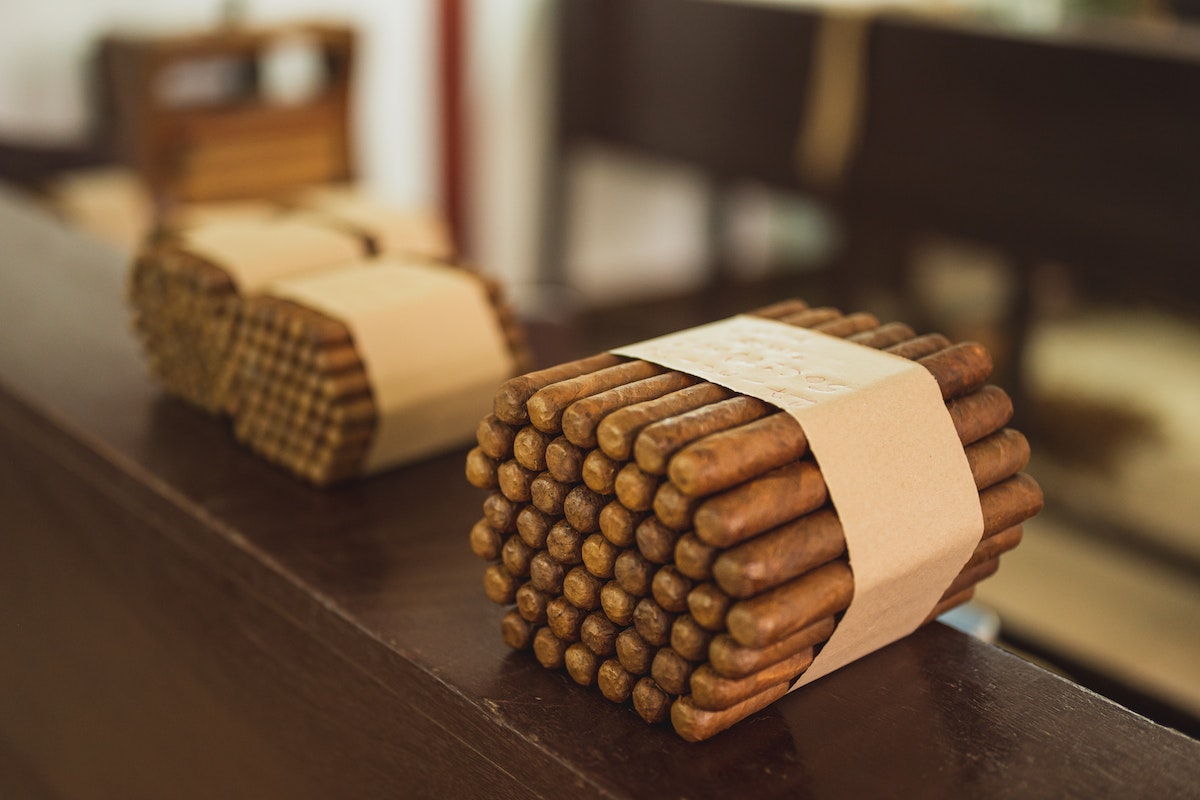

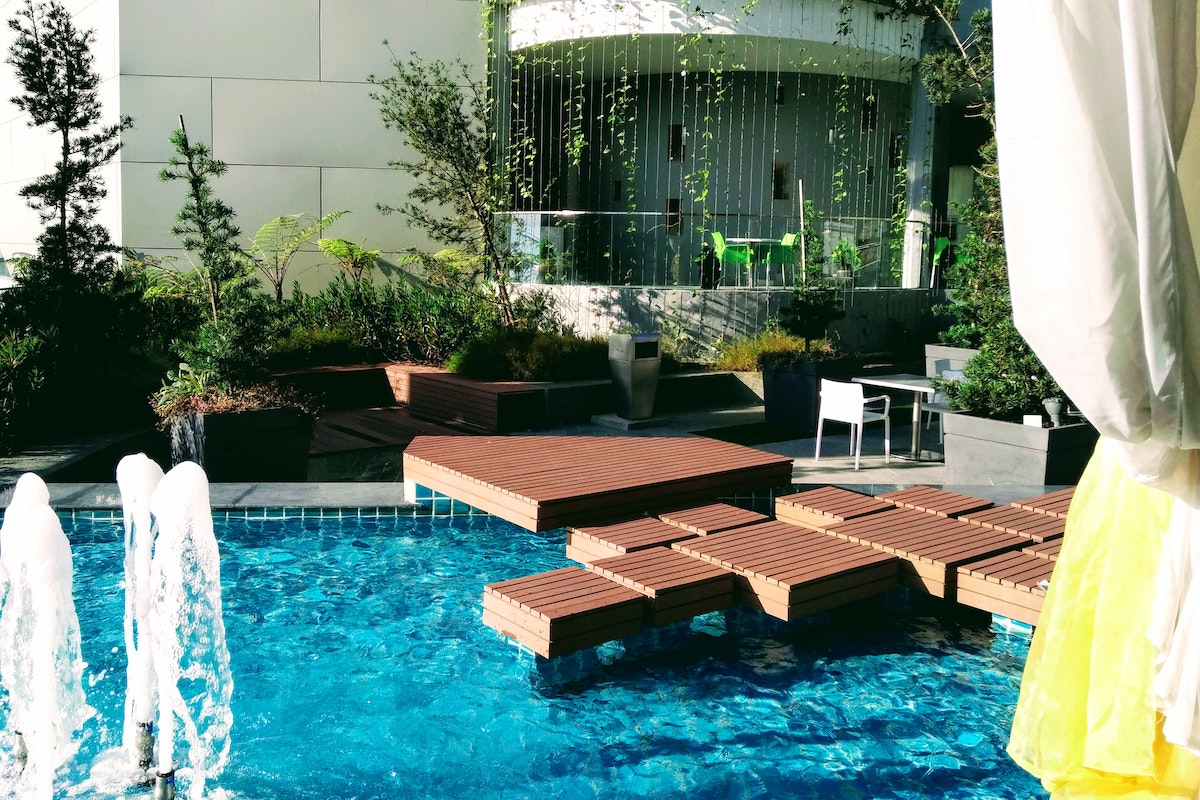
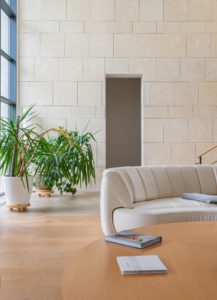


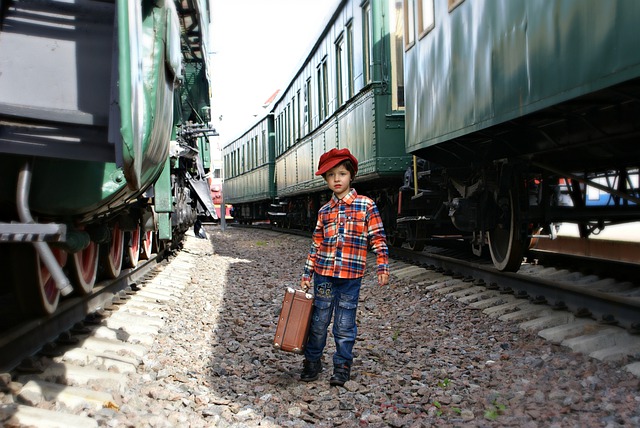
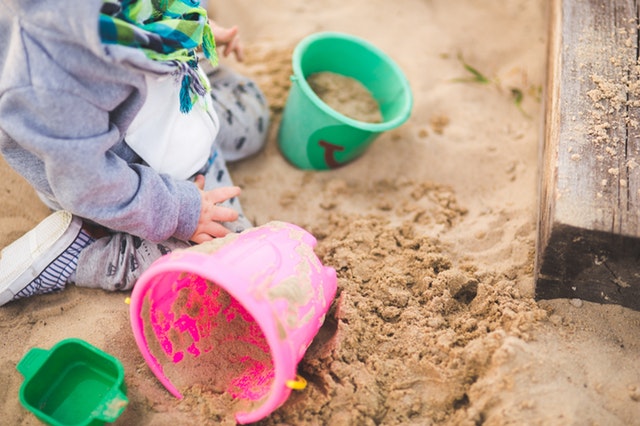

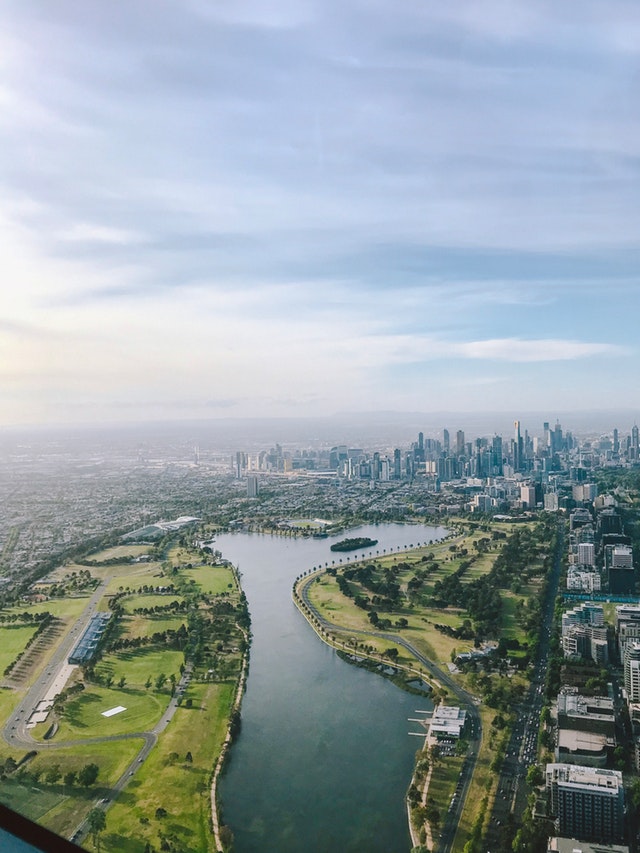
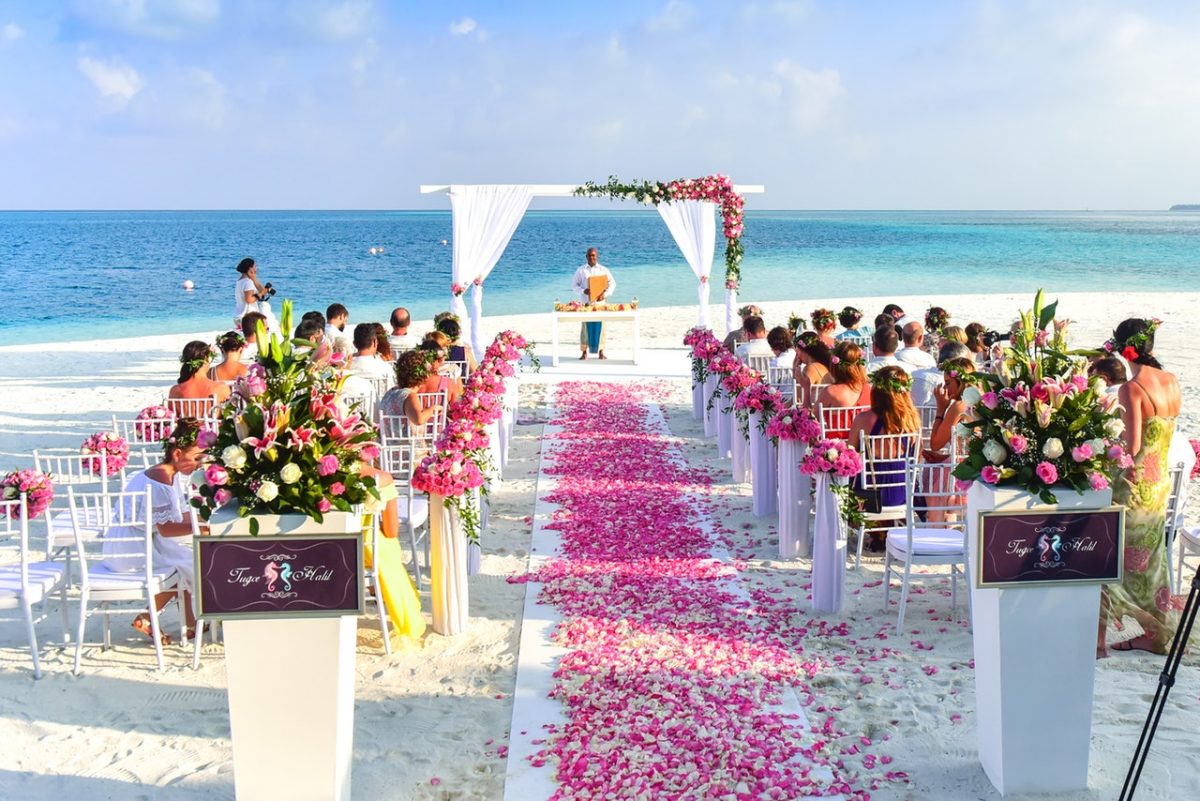
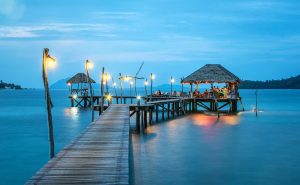
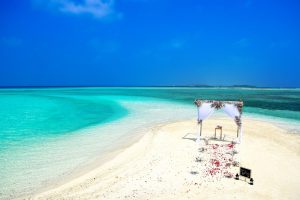

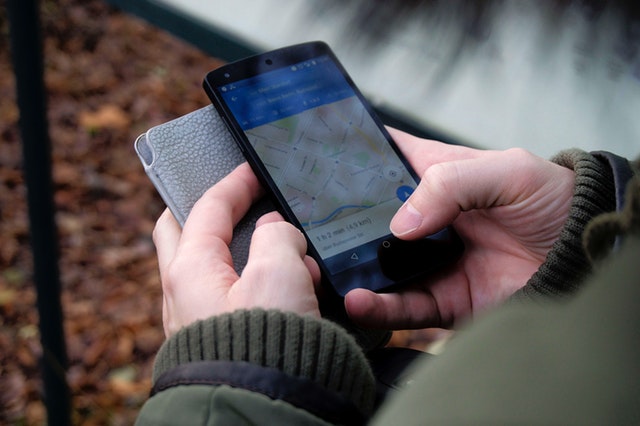
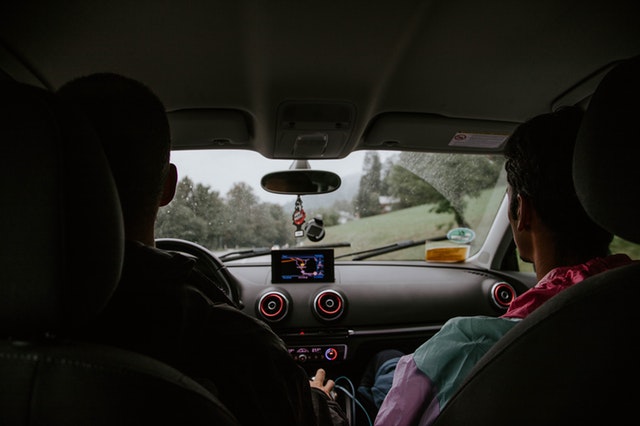

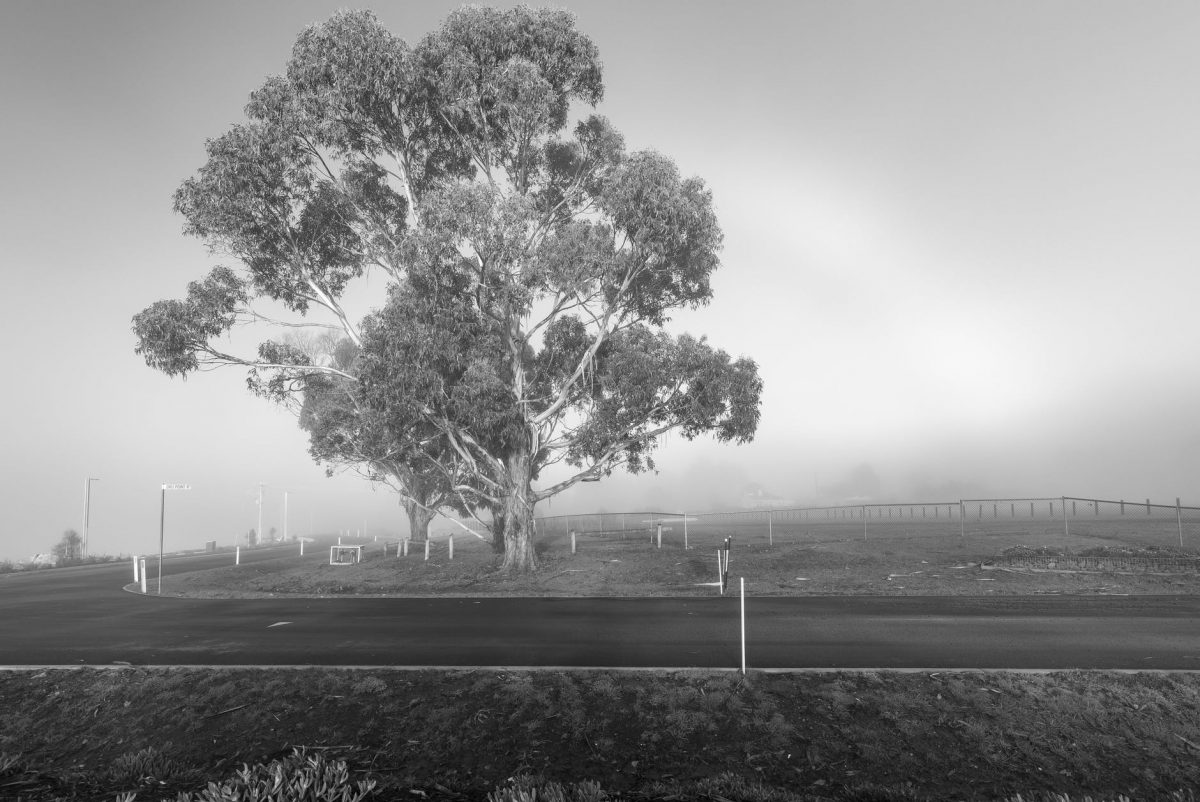
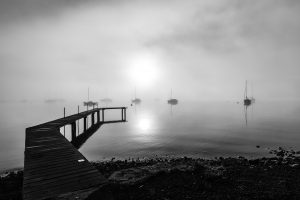
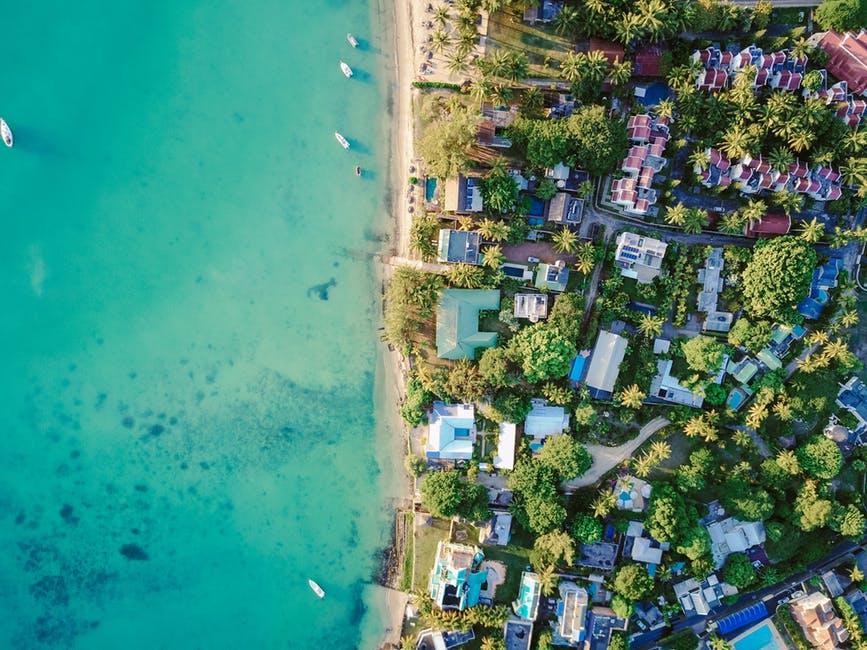

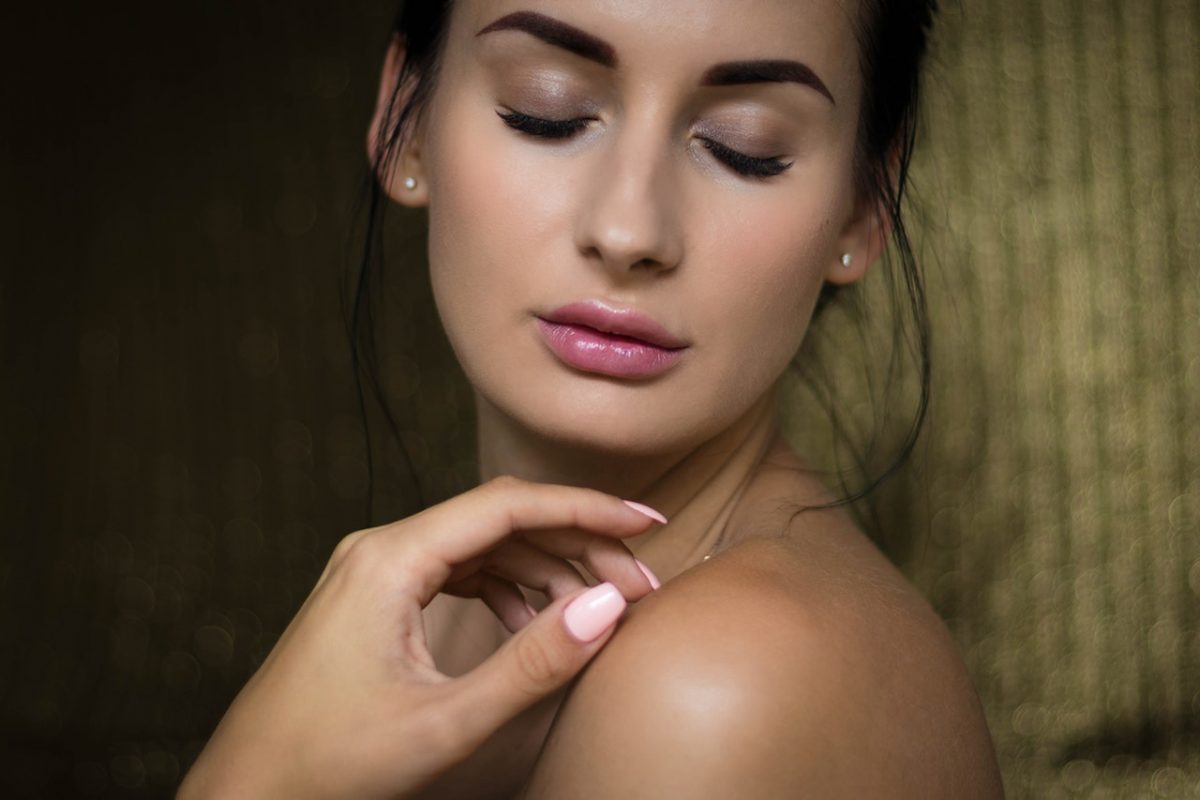



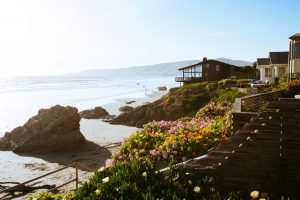
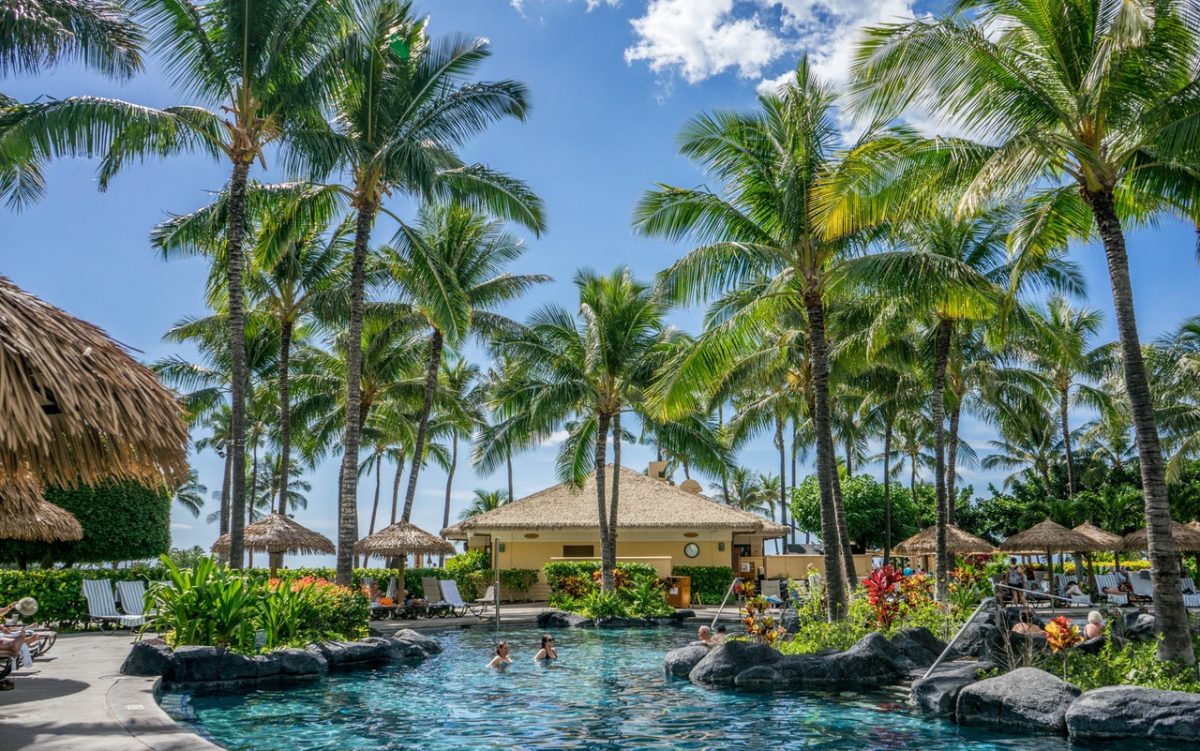
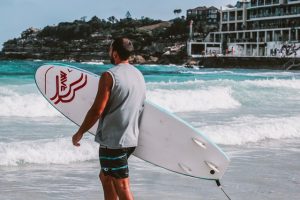 Perth will get you in Sal Salis, a resort come wilderness camp that is built on
Perth will get you in Sal Salis, a resort come wilderness camp that is built on 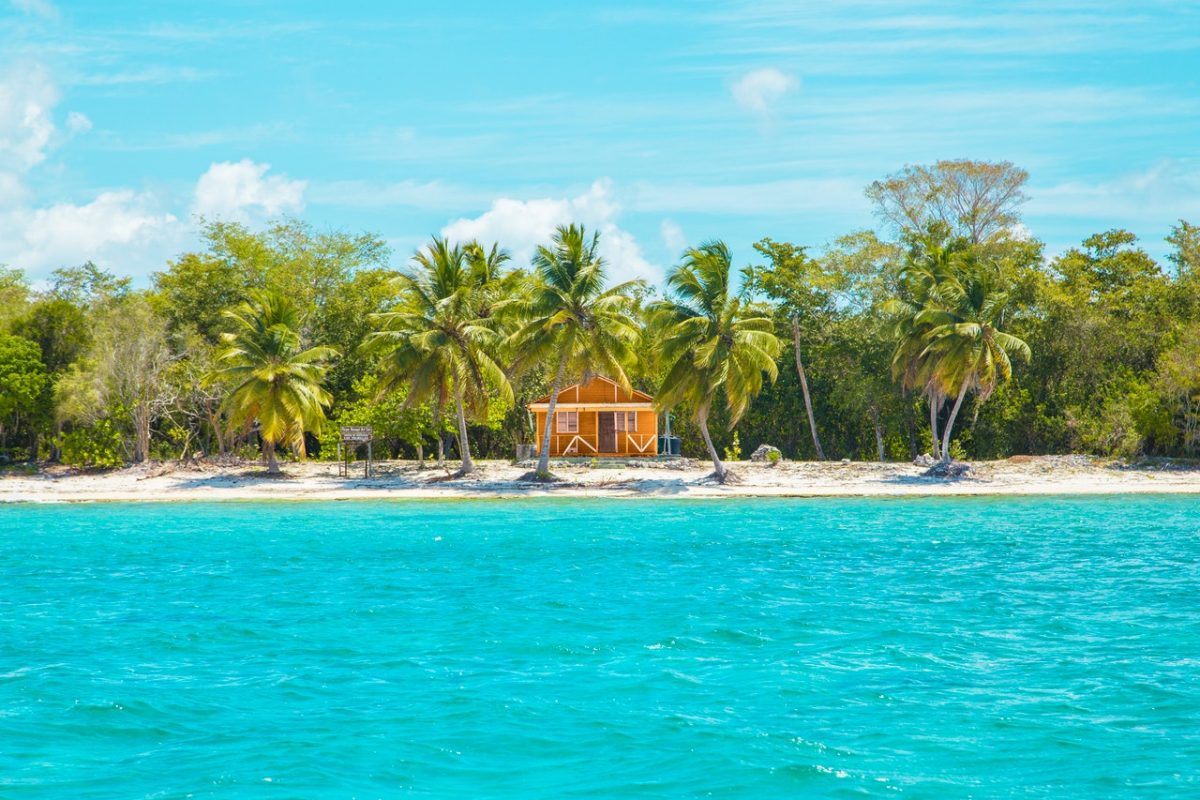

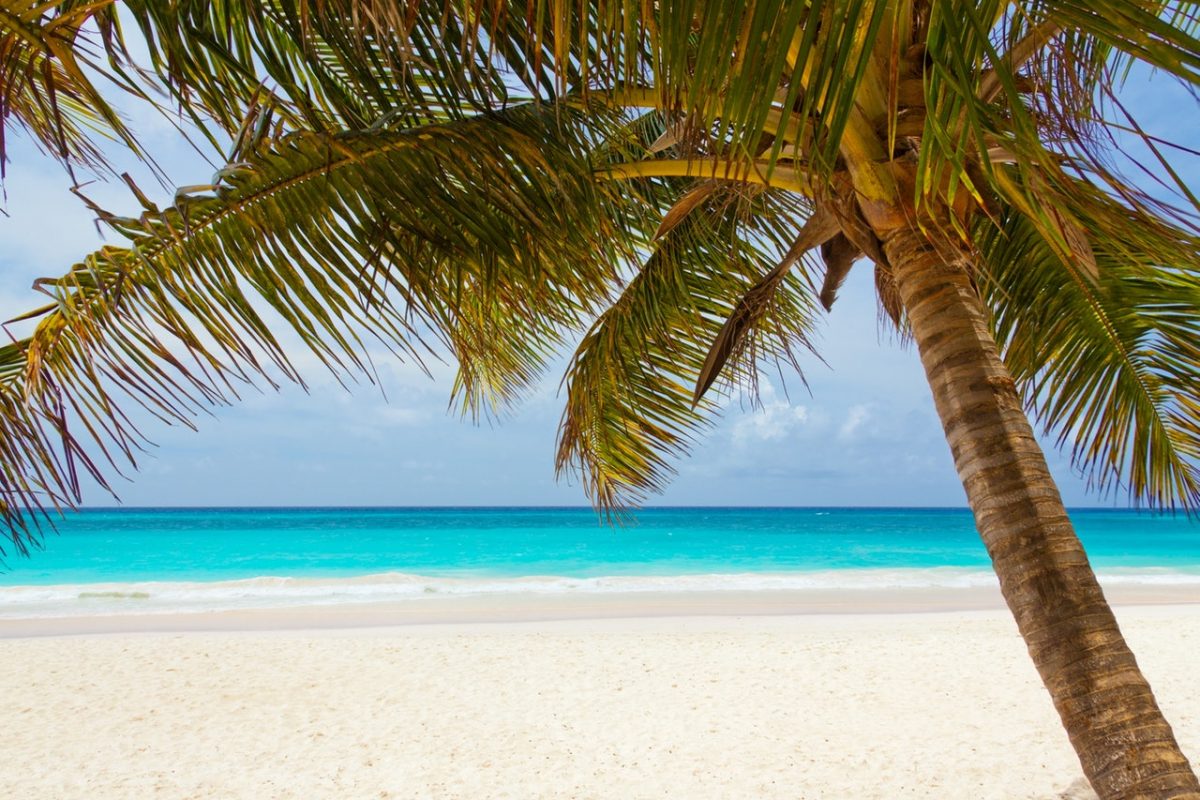
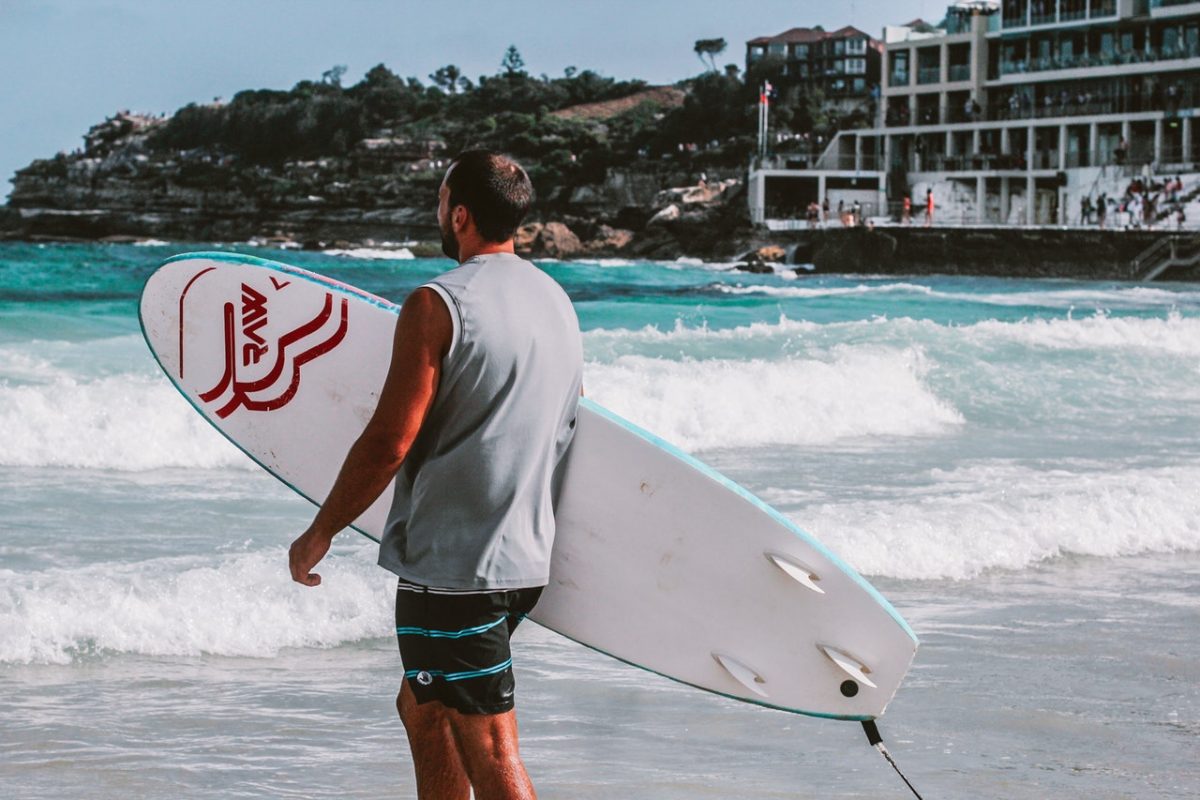
 which strives to replicate the essence of Bondi. A fundamental mural by Australian artist
which strives to replicate the essence of Bondi. A fundamental mural by Australian artist 